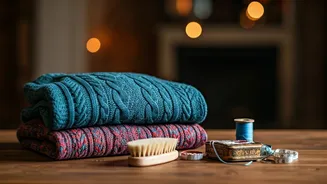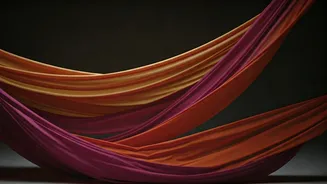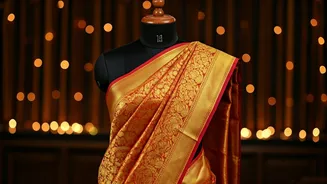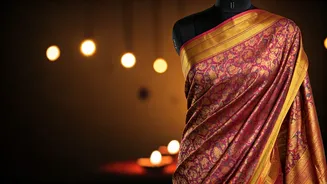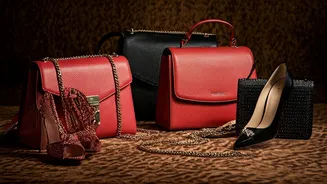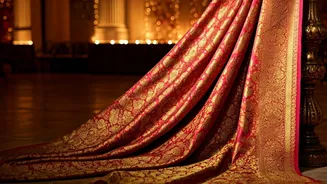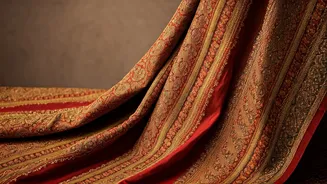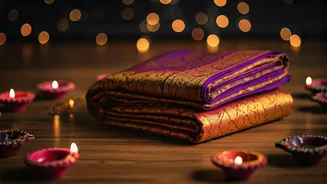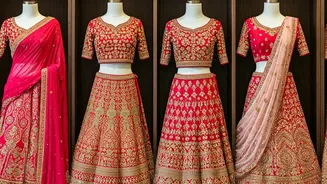Gentle Washing Is Key
The method of washing knitwear has a significant impact on its lifespan. Always check the garment's label for specific instructions, but generally, hand
washing is the safest option. Use lukewarm water and a gentle detergent designed for delicate fabrics. Submerge the knitwear, gently swish it around, and avoid harsh scrubbing or wringing. Rinse thoroughly until all soap residue is gone. For machine washing, use a delicate cycle and a mesh laundry bag to prevent snagging or stretching. Avoid hot water, as it can shrink or damage the fibers. This process ensures the knitwear is cleaned gently, preserving its shape and texture.
Drying the Right Way
Proper drying is crucial to maintaining the shape and quality of your knitwear. Never put knitted garments in a tumble dryer, as the heat can shrink or warp the fabric. Instead, gently squeeze out excess water after washing, but avoid twisting or wringing. Lay the item flat on a clean, dry surface, ideally a drying rack or a towel, and reshape it to its original form. Avoid hanging knitwear, especially heavy sweaters, as the weight can cause them to stretch out of shape. Allow the garment to air dry completely, away from direct sunlight or heat sources. This method prevents shrinkage and ensures the knitwear retains its original form, preserving its appearance.
Strategic Storage Matters
How you store your knitwear plays a critical role in its longevity. Avoid hanging knitwear, especially sweaters, on hangers, as this can cause the shoulders to stretch and lose their shape. Instead, fold your knitwear neatly and store it on shelves or in drawers. Consider using cedar blocks or sachets to deter moths and protect against unwanted damage. Make sure the storage area is clean, dry, and well-ventilated to prevent mold or mildew growth. This careful storage method helps prevent stretching, maintains shape, and keeps the knitwear fresh and ready to wear season after season.
The Stain Removal Guide
Dealing with stains immediately is essential for keeping your knitwear looking pristine. Act fast when a spill occurs. Gently blot the stain with a clean cloth or paper towel to remove any excess liquid. Identify the type of stain and use an appropriate stain remover or detergent. Test the stain remover on an inconspicuous area of the garment first to ensure it doesn't cause discoloration or damage. Apply the stain remover according to the instructions and gently blot the stained area. Avoid rubbing, as it can spread the stain. Wash the garment as usual after treating the stain. This rapid response and correct treatment method helps restore the garment to its original state.
Mending, Don't Discard
Rather than throwing away damaged knitwear, embrace the art of mending. Small holes or tears can often be repaired. For small holes, use a needle and thread in a matching color to stitch the fabric back together carefully. If you're not confident in your sewing skills, consider taking the garment to a professional tailor or seamstress. For larger damages, explore creative mending techniques, like visible mending or patching, which can add a unique touch to your knitwear. This approach extends the lifespan of your favorite pieces and reduces waste. Repairing garments not only saves money but also preserves the sentimental value and extends their usability.
Brush and Refresh
Keep your knitwear looking fresh and clean by brushing it regularly. Use a soft brush specifically designed for knitwear to gently remove lint, pills, and surface debris. Brush in the direction of the knit to smooth the fabric and prevent damage. This technique is particularly useful for sweaters and cardigans that tend to pill with wear. Brushing helps maintain the fabric's appearance, prevents unsightly pilling, and extends the time between washes. Brushing regularly keeps your knitwear looking its best and preserves its original texture.
Control the Pilling
Pilling is a common issue with knitwear, and managing it effectively can keep your garments looking new. Pilling occurs when loose fibers on the surface of the fabric rub together and form small balls. Use a sweater comb or a fabric shaver designed for knitwear to remove pills gently. Lay the garment flat on a surface and carefully run the comb or shaver over the affected areas. Avoid applying excessive pressure to prevent damage. Regular pill removal will restore the surface texture and prevent your knitwear from looking worn. This simple maintenance extends the usable life of your pieces and keeps them looking fresh.
Steam, Don’t Over Wash
Over-washing knitwear can lead to wear and tear. Instead of washing frequently, consider steaming to refresh and remove wrinkles. Steaming can help remove light odors, and smooth out creases. Use a steamer or the steam setting on your iron, holding the steam wand a few inches away from the garment's surface. Avoid direct contact with the fabric. Steam from the inside or the outside, and then let it air dry before wearing. This approach minimizes washing and helps preserve the fiber quality and structure. Steaming refreshes the garment and keeps your knitwear clean and well-maintained.
Moth Prevention Strategies
Protecting your knitwear from moths is crucial. Moths can cause significant damage by eating holes in natural fibers. Store your knitwear in airtight containers or garment bags. Add moth-repellent items like cedar blocks, lavender sachets, or mothballs to the storage area. Regularly inspect your knitwear for any signs of moth activity, such as small holes or larvae. If you find any infestation, immediately wash and dry the affected garments and thoroughly clean the storage area. Implementing these preventative measures helps protect your knitwear from moth damage, preserving it for years to come.
Proper Knit Care
Taking proper care of your knitwear involves a combination of the above methods to ensure its longevity. This includes gentle washing, drying the right way, and using the right storage practices. Regularly inspect your garments for any damage and address issues immediately. Be proactive with stain removal and pilling. Always refer to the care label, and remember, a little effort will keep your knits looking their best. These combined strategies ensure that your cherished knitwear pieces stay in excellent condition, allowing you to enjoy them for a long time.
